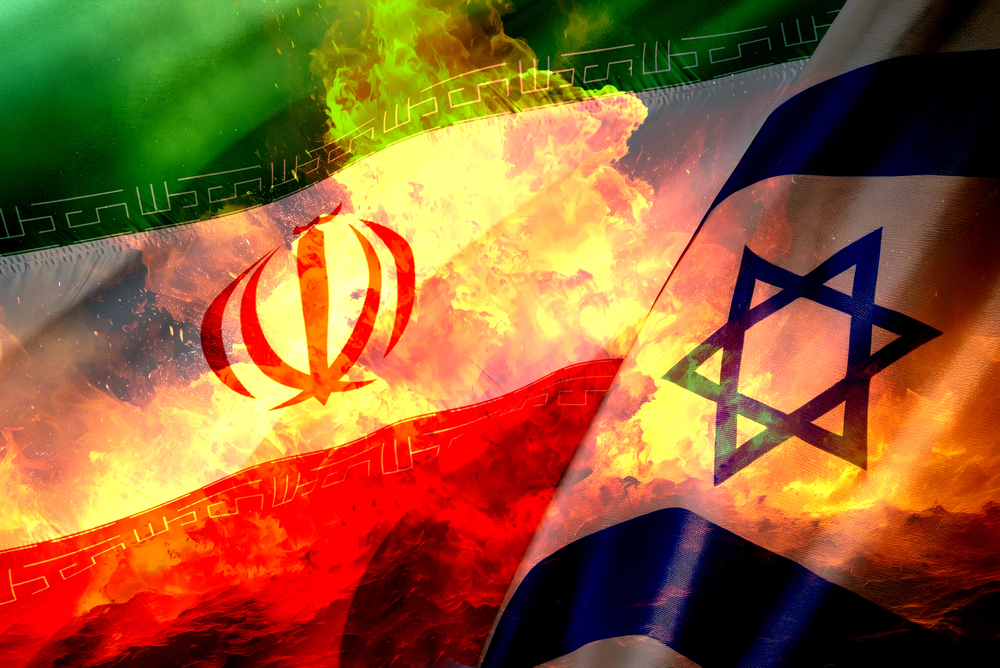Politics can lead to war when leaders act without accountability, pursue ideological goals, misjudge their opponents, operate in uncertainty, or prove unreliable in maintaining peace.
The ongoing tensions between Iran and Israel are a stark reminder that political rivalries, if left unchecked, can escalate into open conflict. While the threat of war is real, focusing solely on when nations fight overlooks an important truth—many high-stakes disputes end peacefully. Ignoring these peaceful resolutions can lead to poor judgment about adversaries and flawed strategies to avoid war.
The reality is that war is devastating, and nations generally aim to avoid it. Even when violence breaks out, countries often try to prevent it from expanding, especially when the risk of escalation could involve weapons of mass destruction. History and game theory both suggest that war is rarely a first choice—it happens only when all other political options break down or are ignored.
When policymakers focus only on conflict and disregard peaceful resolutions, their analysis becomes skewed. It’s like a doctor who only treats the critically ill and forgets that health is the norm—without contrast, it’s impossible to diagnose problems accurately.
Much of our collective memory centers on conflicts like the U.S. invasion of Iraq, the war in Afghanistan, and the world wars. These major events dominate the discourse, while peaceful outcomes receive little attention. That imbalance distorts how we understand the causes of war.
The truth is, many of the conditions blamed for war—power-hungry leaders, cultural tensions, poverty, injustice, and access to weapons—are common in both war and peace. Their presence alone doesn’t explain why some tensions erupt into violence while others don’t.
Consider the years leading up to World War I. Before 1914, Europe experienced several intense confrontations: the Fashoda Crisis between Britain and France, Russia’s temporary control of British ports, Austria’s annexation of Bosnia, and the Balkan wars. Each could have ignited a large-scale conflict—but none did.
The same pattern holds in more recent events. Russia often exerted pressure on neighboring countries without triggering war. Military presence in Belarus and diplomatic maneuvering in Kazakhstan are just two examples where force was used strategically without escalating to all-out conflict.
This pattern points to a larger principle: war is not inevitable. It’s a failure of political bargaining, a situation where one or more parties decide that violence is worth the cost. As Mao once said in 1938, “Politics is war without bloodshed, while war is politics with bloodshed.” He was paraphrasing Clausewitz, who called war “the continuation of politics by other means.”
But the stakes of war are far higher. Countries must choose between compromise—based on their strength and interests—or a destructive gamble through violence. Compromise is far more common, and for good reason.
Governments often act strategically, like players in a game, trying to assess their opponent’s next move. While mistakes happen, there’s a strong incentive to avoid missteps that lead to war.
So what breaks down these incentives for peace? Research shows that five key factors consistently push nations into war: lack of accountability, ideology, bias, uncertainty, and unreliability.
The Five Key Drivers of War
1. Unaccountable Leadership
When leaders aren’t constrained by checks and balances, they can ignore the costs of war. In autocratic systems, like Iran’s, decision-making power often rests with a few individuals who prioritize regime survival or ideological objectives over national welfare.
2. Ideological Motivation
Leaders and societies often act on deeply held beliefs. Iran’s leadership views its regional influence as both a religious and strategic mission. Meanwhile, Israel’s defense doctrine emphasizes maintaining its sovereignty and preempting existential threats. These ideologies raise the stakes and reduce the room for compromise.
3. Bias and Misjudgment
When leaders are surrounded by advisors who avoid delivering bad news—or when their worldview is clouded by past conflicts—they may misread the situation. Miscalculations about enemy strength or intentions have triggered many wars throughout history.
4. Strategic Uncertainty
No side ever enters a conflict with perfect information. Iran may question how far Israel would go militarily, and Israel might underestimate Iranian resolve or capabilities. In this uncertainty, even rational actors can miscalculate.
5. Unreliable Commitments
When a power balance shifts, the more dominant side may fear losing leverage. If a truce can’t be trusted to hold, one side may strike first. For example, if Israel believes Iran will soon reach a military threshold, it may feel pressure to act before that happens.
Each of these five drivers increases the chance of war, especially when they compound. In many cases, it’s the concentration of power in a few hands that allows ideology, bias, and misjudgment to override the usual incentives for peace.
Building the Conditions for Peace
Peace isn’t just the absence of war—it’s the product of systems that make war less likely. Strong institutions, free press, balanced power, and diplomatic channels reduce uncertainty and correct bad information before it spirals into violence.
Nations that keep executive power in check are more likely to avoid missteps that lead to war. They’re also better equipped to manage ideological divisions and mistrust through negotiation rather than force.
The biggest danger in today’s global politics is the growing concentration of power in fewer hands. Whether in Tehran, Pyongyang, or elsewhere, unchecked authority increases the odds that one person’s worldview can dictate a nation’s fate.
In the end, preventing war requires a clear understanding of its causes. Conflict isn’t always driven by visible threats—it often begins with political systems that allow leaders to ignore the steep price of war.





